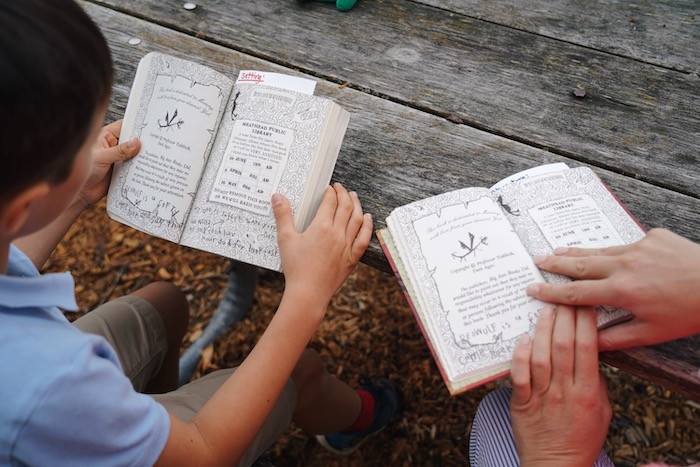- Our School
- Our Advantage
- Admission
- Elementary•Middle School
- High School
- Summer
- Giving
- Parent Resources
- For Educators
- Alumni
« Back
Dyslexia and Public Schools: Where Do We Go from Here?
January 26th, 2022

My first child was diagnosed with dyslexia 20 years ago. I was told a lot of things that I now know are incorrect: He can’t read because he is lazy, willful, and stubborn. He can’t read because we weren’t medicating him. Not medicating him is like not medicating someone with asthma. And on and on.
Happily, a lot has changed in the last 20 years. Parents have mobilized thanks to groups like Decoding Dyslexia and have helped bring legislative changes in many states. Many teachers in public schools are embracing the science of reading and sharing their knowledge with their coworkers and administrators. Researchers have advanced what we know about dyslexia, how it can be treated, and how it can be identified. Adults with dyslexia are sharing their stories: Shawn Robinson, Dean Bragonier, Sally Taylor, David Flink, Lida Winfield, Jake Sussman, and others inspire younger people with dyslexia and their caregivers. And always, schools like Landmark offer students a lifeline to learn to read and write and find their place as learners.
And yet, so much more needs to be done…but what are the magic bullets that will make a meaningful, substantial, and positive impact on the lives of students with dyslexia? I’ve spent a lot of time in last 20 years thinking about this and I’ve come to the following conclusions:
- Early Screening: every child should be screened for dyslexia before kindergarten.
- We need to shift from a wait to fail model to a preventative model. We know too much about dyslexia to continue to let students fail before providing them with the services they need to learn to read.
- Every K–3 general education teacher needs to know how to properly teach students with dyslexia how to read. Our schools are filled with general education teachers with great skills and good intentions who don’t know how to teach students with dyslexia. We need to work with colleges and universities to ensure they are graduating teachers who know what dyslexia is and how to teach students to read based on the science of reading.
- Structured Literacy belongs in every K–3 classroom. We need to bring good instruction to students where they are—in the general education classroom. We can’t rely on Child Find and special education to identify every student with dyslexia. Structured literacy (SL) approaches emphasize highly explicit and systematic teaching of all important components of literacy. These components include both foundational skills (e.g., decoding, spelling) and higher-level literacy skills (e.g., reading comprehension, written expression). SL also emphasizes oral language abilities essential to literacy development, including phonemic awareness, sensitivity to speech sounds in oral language, and the ability to manipulate those sounds.
There are great organizations working to ensure public schools are better prepared to teach students with dyslexia, including Landmark School’s Outreach Program and the International Dyslexia Association. Yet there is still much work to be done.
In the past 20 years, three of my other children have been diagnosed with dyslexia. It’s likely that if I have grandchildren, at least some of them will also have dyslexia.
Here’s to a world in which all students with dyslexia attend schools that have evolved to the point where they screen students before kindergarten and deliver quality literacy instruction in the general education classroom by skilled and well-trained teachers.
I think all students deserve that; don’t you?
Author
Janet Thibeau is president of BTA Education, an advocacy and school consulting firm in Massachusetts. She also serves on the board of directors and is the branch council chair at the International Dyslexia Association and actively supports its vision of “structured literacy in every K–3 classroom for every child across the nation and around the world.” She and her husband have five children, four of whom have dyslexia. They all applied and were accepted at test-optional schools.
Posted in the category Learning Disabilities.






















